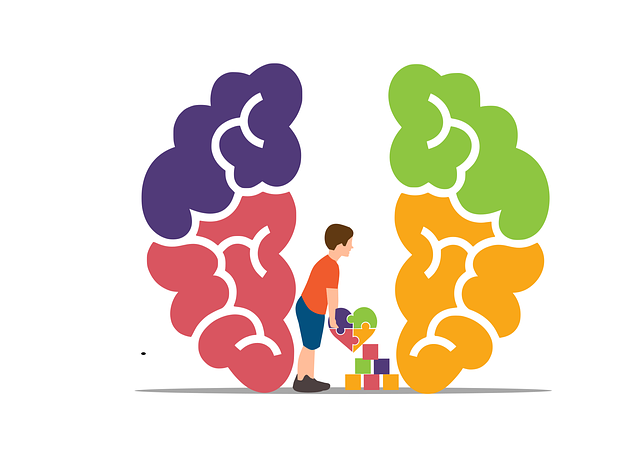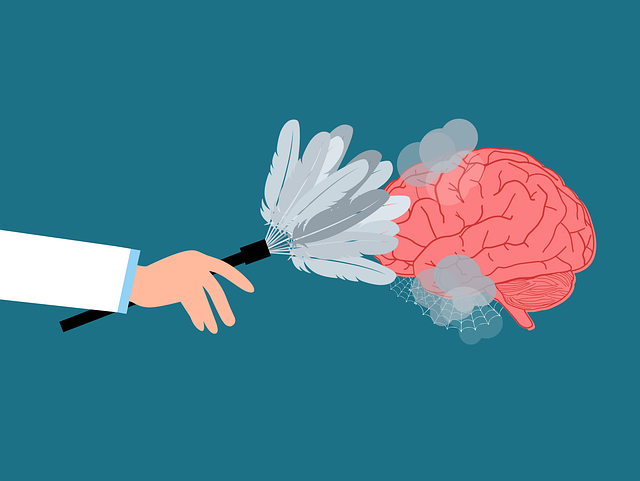Louisville Mandarin Chinese Speaking Therapy prioritizes comprehensive risk assessment and harm minimization, addressing unique challenges faced by its diverse client base. By identifying cultural risks, implementing tailored interventions, fostering trust through Cultural Competency Training, and integrating emotional well-being promotion techniques, they ensure client safety and positive outcomes. This culturally sensitive approach leverages traditional healing practices and adapts self-care strategies to meet the specific needs of the local Chinese community. Continuous improvement through regular reviews of session structures, crisis management, and emotional regulation ensures the therapy remains effective and inclusive.
Risk assessment and harm minimization planning are essential components of safe therapeutic practices, especially in diverse settings like Louisville Mandarin Chinese Speaking Therapy. This article delves into the critical process of understanding risk assessment as a foundation for creating secure environments. We explore comprehensive strategies, including identifying potential harms and developing tailored harm minimization plans. Furthermore, we discuss cultural considerations and emphasize continuous review for effective safety measures in therapy sessions, drawing insights from real-world examples.
- Understanding Risk Assessment: A Foundation for Safe Practice
- Identifying Potential Harms: A Comprehensive Approach at Louisville Mandarin Chinese Speaking Therapy
- Developing a Harm Minimization Plan: Strategies and Implementation
- Cultural Considerations in Risk Assessment and Planning
- Continuous Review and Improvement: Ensuring Safety in Therapy Sessions
Understanding Risk Assessment: A Foundation for Safe Practice

Risk assessment is a fundamental process in any field aiming for safety and harm minimization, including Louisville Mandarin Chinese Speaking Therapy. It involves identifying potential hazards and evaluating their likelihood and potential impact. This proactive approach ensures that therapy sessions are not just effective but also secure for all participants. By meticulously analyzing various factors, therapists can create an environment that promotes mental health while mitigating risks.
Understanding risk assessment allows practitioners to design tailored strategies, such as Depression Prevention programs or Mental Health Education initiatives. For instance, integrating Mental Wellness Journaling Exercises into therapy can provide a safe space for clients to express their thoughts and emotions. This practice not only enhances self-awareness but also serves as a valuable tool in harm minimization planning, fostering an inclusive and supportive atmosphere at Louisville Mandarin Chinese Speaking Therapy sessions.
Identifying Potential Harms: A Comprehensive Approach at Louisville Mandarin Chinese Speaking Therapy

At Louisville Mandarin Chinese Speaking Therapy, identifying potential harms is a cornerstone of our comprehensive risk assessment and harm minimization planning. We recognize that language barriers and cultural differences can exacerbate mental health challenges, leading to unique risks within our diverse client base. Therefore, we employ a meticulous approach, considering not only the direct effects of therapy but also indirect consequences such as increased anxiety due to communication hurdles or potential repercussions from disclosing sensitive information.
Through active listening and empathy-building strategies, our therapists are trained to recognize subtle cues of distress. We integrate Mental Illness Stigma Reduction Efforts into our practice, fostering an environment of understanding and support. Regularly reviewing and updating our Risk Management Planning for Mental Health Professionals ensures we remain equipped to navigate complex situations effectively while prioritizing client safety and well-being.
Developing a Harm Minimization Plan: Strategies and Implementation

Developing a Harm Minimization Plan is an integral part of responsible therapy practice, especially in diverse communities like Louisville with a growing Mandarin Chinese-speaking population. This strategy involves identifying potential risks and implementing tailored interventions to ensure the best possible outcomes for clients.
The plan should encompass various strategies, such as adapting communication techniques through Cultural Competency Training for healthcare providers. Effective communication strategies can foster trust and understanding between therapists and Mandarin-speaking clients. Incorporating Emotional Well-being Promotion Techniques may also prove beneficial in mitigating risks related to cultural barriers and language differences. By combining these approaches, Louisville Mandarin Chinese Speaking Therapy services can effectively navigate complex situations, ensuring client safety and satisfaction.
Cultural Considerations in Risk Assessment and Planning

In the context of risk assessment and harm minimization planning, especially within the realm of Louisville Mandarin Chinese Speaking Therapy, cultural considerations are paramount. Understanding the unique cultural backgrounds of individuals and communities is crucial for developing effective interventions and strategies. For instance, a thorough Mental Health Policy Analysis and Advocacy approach should account for cultural nuances that might influence perceptions of mental health, access to services, and preferred therapeutic methods. By integrating these insights, therapists can foster a more inclusive environment, enhancing the Confidence Boosting potential of their practice.
Cultural competency goes beyond basic awareness; it involves adapting Self-Care Practices to resonate with diverse populations. This might mean incorporating traditional healing practices alongside conventional therapy for individuals from communities with rich cultural heritage. Such an approach not only respects but also leverages cultural strengths, potentially leading to more successful outcomes. For the Louisville Mandarin Chinese Speaking Therapy context, this could mean tailoring programs and resources to meet the specific needs and values of the local Chinese community, ensuring that harm minimization planning is both culturally sensitive and highly effective.
Continuous Review and Improvement: Ensuring Safety in Therapy Sessions

In the dynamic field of therapy, continuous review and improvement are paramount to maintaining a safe and effective environment for all participants, especially in Louisville Mandarin Chinese speaking therapy sessions. Regular evaluation of risk assessment plans ensures that strategies remain up-to-date and aligned with the evolving needs of clients. This ongoing process involves meticulously scrutinizing each aspect of the therapeutic approach, from session structure to crisis management protocols. By fostering a culture of continuous improvement, practitioners can better address emerging challenges and incorporate innovative techniques, thereby enhancing the overall quality of care.
Emotional regulation is a key component that requires consistent attention. Through regular reviews, therapists can refine their strategies for teaching and supporting clients in managing their emotions. Integrating insights from Mental Health Awareness and Education Programs Design, these sessions aim to equip individuals with effective coping mechanisms, fostering resilience and promoting positive mental health outcomes. Such proactive measures not only mitigate potential risks but also contribute to the holistic development of clients within the Louisville Mandarin Chinese speaking therapy setting.
Louisville Mandarin Chinese Speaking Therapy has demonstrated a comprehensive approach to risk assessment and harm minimization planning, as evidenced by their successful implementation of these strategies. By understanding the foundational principles of risk assessment, identifying potential harms, developing tailored plans, considering cultural nuances, and continuously reviewing practices, therapy sessions can be optimized for safety and effectiveness. This holistic approach ensures that all clients receive the highest level of care, fostering an environment where language barriers are overcome and therapeutic outcomes are enhanced.














